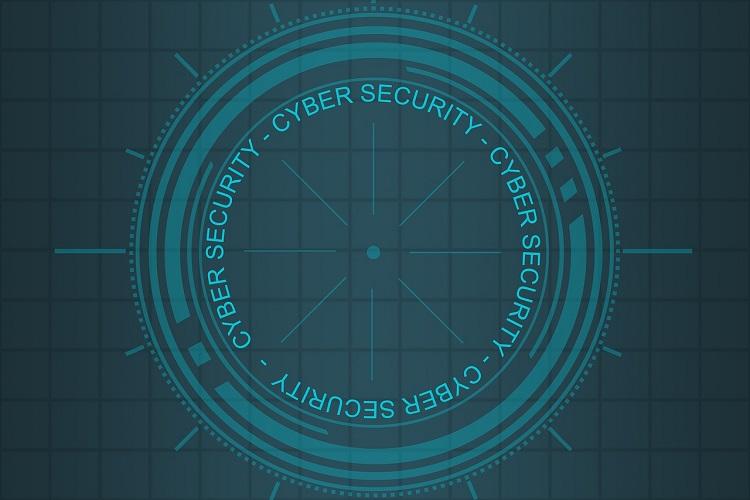
The rising costs of data breaches and the growing number of attacks to healthcare and other organizations is turning cybersecurity into a mission-critical technology for most industries, according to GlobalData’s Cybersecurity in Healthcare report.
The report shows that cybersecurity presents a major risk to healthcare data. The healthcare industry remains a prime target for malicious cyber groups looking to cause discord and make unethical gains. With the number of attacks rising, the associated costs are also increasing, and the current multi-industry shift to digitize workflows and promote remote working due to the COVID-19 pandemic is also helping cybersecurity emerge as a critical technology across the healthcare industry.
Rodrigo Noble, Senior Digital Analyst at GlobalData, comments: “The prioritization of, and associated rising demand for, cybersecurity technology can only be good for the market, which is expected to reach USD 237.7bn by 2030 growing at a strong compound annual growth rate (CAGR) of 6.4% from 2019 – when the market was worth USD 120.3bn. Before the onset of the pandemic, the healthcare industry was already undergoing a digital transformation, and the current multi-industry shift to digitize workflows and promote remote working due to the COVID-19 pandemic has expedited the cybersecurity timeline, helping cybersecurity emerge as a critical technology across the healthcare industry.”
The majority of patient interactions within the healthcare system involve the use of medical equipment and devices, most of which are connected to a network. These connected devices generate, analyze and transmit medical-grade data, which create a medical Internet of Things (IoT) within healthcare networks. The growth of connectivity brings not only increased operational efficiencies, but also an ever-expanding attack surface for cyber terrorists.
Noble continues: “Connected devices are becoming a key part of healthcare infrastructure. The average hospital room has anywhere from 15 to 20 network-connected devices. The challenge of keeping networks safe is compounded by legacy systems that lack basic cybersecurity measures, as well as medical devices connecting to networks without proper vetting – both of which plague hospitals worldwide.
“In security terms, capabilities are fragmented and decentralized, generating substantial control challenges. Replacing legacy software across the enterprise can be cost-prohibitive, especially considering the disruption this would cause to daily routines, but cyberattacks can have far-reaching reputational and often financial ramifications.”

 In
In
Add new comment